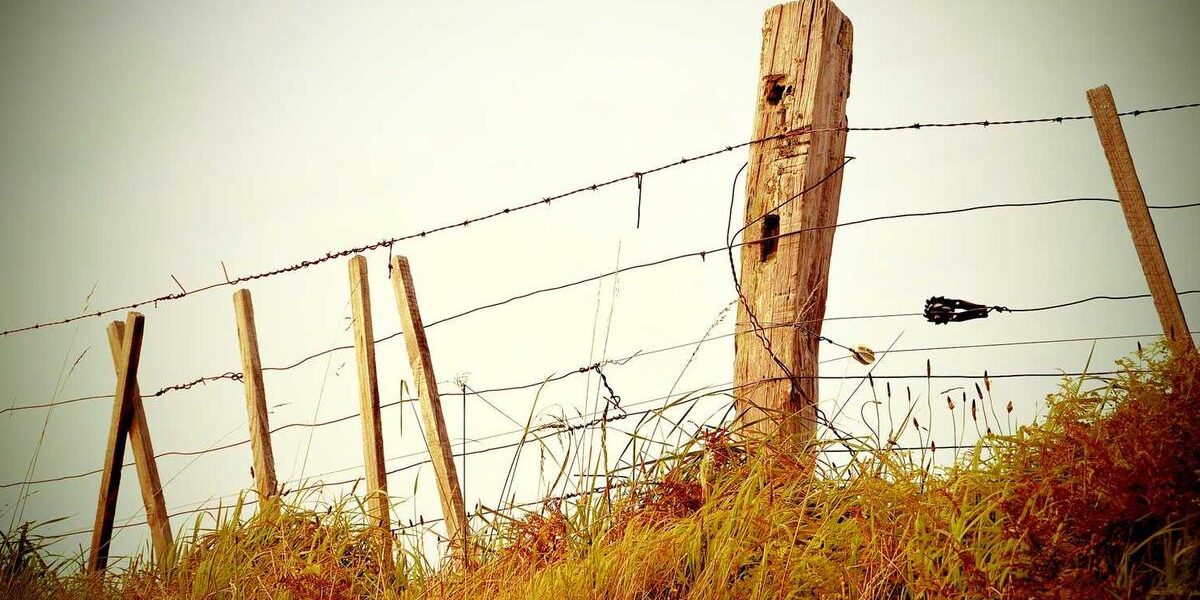Understanding Hook Sizes: A Comprehensive Guide
Fishing hooks come in a wide variety of sizes and types, each designed for specific types of fishing and target species. It’s crucial to grasp the basics of hook sizing to improve your fishing efficiency and success. Let’s dive into the intricacies of fishing hook sizes and how they can influence your fishing experience.
The Basics of Hook Sizing
Fishing hook sizes can be perplexing for beginners. Unlike straightforward measurement systems, hook sizes appear counterintuitive. Hooks are sized using numbers, where a smaller number indicates a larger hook within a series. As the series reaches single digits and larger hooks, a slash and another number indicate even bigger sizes.
The common numbering starts with smaller hooks at sizes like #32, progressing to #1. The system flips at 1/0, pronounced “one aught, increasing through numbers like 2/0, 3/0, and continuing upward. Larger numbers proceed without a defined end, with some hooks reaching beyond 20/0 for specific applications.
Factors Influencing Hook Size Selection
Selecting the right hook size depends on several factors. Here, species and bait type are primary considerations. The fish species targeted greatly affects the hook size choice. Smaller fish, such as panfish or small trout, require smaller hooks, often in the range of #32 to #10. Conversely, targeting larger fish like bass, pike, or saltwater species demands larger sizes, starting from size 1 in the larger # range.
The bait you plan to use also determines the hook size. Small hooks better suit delicate or small baits like worms or small flies. For chunk baits or larger artificial lures, anglers often opt for larger hooks to ensure secure attachment and adequate penetration.
Specific Hook Sizes for Different Fishing Styles
- Fly Fishing: Often employs smaller hooks, ranging from #28 to #10. Lightweight and nimble, they suit flies that mimic insects or small prey.
- Bass Fishing: Requires larger hooks, usually in the 1/0 to 5/0 range. Designed to handle robust lures and the aggressive nature of bass.
- Saltwater Fishing: Involves hooks from 1/0 to upwards of 20/0 for big game species. Size is crucial when dealing with strong currents and large, powerful fish.
Understanding Different Hook Types and Their Sizes
Apart from size, hook types also vary broadly. Each type serves a distinct function and hook sizes can vary within the same type depending on the specific fishing need.
- J-Hooks: The most common type. Available in a wide range of sizes, they suit general fishing applications.
- Circle Hooks: Designed to minimize harm by hooking fish in the corner of the mouth. Sizes range well, used often in catch and release scenarios.
- Treble Hooks: Triple-pronged hooks that offer different sizing. Primarily used in lures for larger fish species.
Choosing the Right Hook Size for Target Species
The targeted species heavily influence hook size. Let’s explore some examples to aid selection:
- Trout and Panfish: Require the smallest hooks such as #14 to #8. These sizes prevent spawning disturbances while offering sufficient penetration for small mouths.
- Largemouth Bass: Typically need between 1/0 and 4/0 sizes, especially when using plastic worms or live baits.
- Catfish: Known for strong bites, need larger hooks like 2/0 to 6/0. Stout hooks withstand powerful strikes.
Expert Tips for Selecting Hook Sizes
Several quick tips can clarify the process of selecting the right hook size:
- Aim to match hook size to bait size for natural presentations.
- Avoid oversized hooks; they can spook fish or diminish bait action.
- When in doubt, default to slightly smaller hooks to enhance stealth.
- Consider water clarity; clearer waters may necessitate downsizing to avoid detection.
Successful fishing often requires experimentation. Trying different sizes can dramatically change your results, especially when targeting unfamiliar species or adapting to changing conditions.
